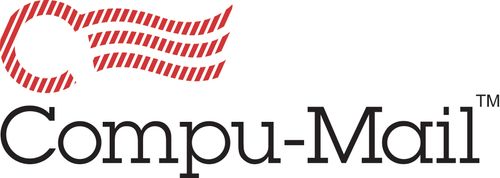Though search engine optimization (SEO) is now sharing the spotlight with “bigger” things—like big data—SEO remains a necessary measure in your integrated marketing communication strategies.
Did you know 75% of clicks from a search engine are organic? Only 25% of clicks are on paid search results. That’s not to say that pay-per-click has lost its place. But it is to say that the sites receiving the most clicks are found simply because of their search engine friendliness. If you want to make it easy for your audience to find you, SEO should always be on your to-do list.
After our May seminar with Brian Bluff of Site-Seeker, and after doing some optimization of our own, we’re breaking down SEO into 6 straightforward steps to get you started fast. And we promise to stay away from the technical jargon.
1. START HERE: Keyword research
A decent keyword research strategy is indispensable to attracting the right kind of traffic to your site, keywords are everything. You must understand how people search for your site so you can cater to their search method.
Don’t be scared off just yet! Google makes it easy for you with their Keyword Tool, a facet of Google AdWords. Without even creating an account, you can search keywords relevant to your business. You’ll find synonyms to try, and how often they are used in searches.

Tip 1:
Remember to use the words and phrases your clients would most likely use, not internal jargon.
Tip 2:
Start with keywords most important to your business for general use in optimizing your site. Then, each time you produce new content, do another quick search about the topic of focus. The more specifically your keywords match your content, the more likely it will surface in search results.
2. Title tags
From the mouth of Brian Bluff, “Title tags are most important for SEO!” He continued on to explain how search engines survey websites before ranking them in search results. They look at title tags first, making sure the title is relevant to the search. Bottom line: Relevant title tags pull your site up in a search.
This is where your keyword research begins to come in handy. Pack relevant keywords into title tags to make your content easy to find. Think of each title tag as an opportunity to place keywords!
Note: That doesn’t mean cram together your most important keywords into a fragmented, wanna-be title. Google Penguin, 2012, demotes sites that practice this “keyword stuffing” by making sure titles match content.
3. Description
Here we are talking about the small brief that accompanies a site’s title in a search result. Following title tags, this is the next thing search engines reference when ranking sites.
Again—keywords. The challenge here is to sell your site, but to do it with keywords. Keywords pertinent to the page’s content will boost your ranking, while an informative summary of the page will attract your audience.
4. Links
The more links with relevant content the better through the eyes of a search engine.
Use text links where you can as opposed to links embedded in images or buttons. Search engines evaluate the text in which links are embedded, so text links filled with keywords will give you another boost in ratings.
5. Content
Thin content, or the same content spread across multiple places on the web, is your worst SEO nightmare. Google Panda was created in 2011 for the purpose of combating duplicate content sites.
Deleting duplicate content is an easy way to clean up and optimize. If you syndicate your content, try to differentiate the pages, or no index them.
Note: Be on the lookout for copies of your content from other sites. Copyscape.com allows you to find duplicates of your content by simply pasting in your URL. Legal actions can be taken to have the duplicates removed.
6. Social media
Each impression you make on social media in connection with your web content plays a positive role in its search engine ranking. Social media is important for connecting with your customers and prospects anyway, so get social!
Hint: Get your business on Google+, and start sharing. We were a little reluctant too, until we learned it improves search engine ratings. Google Places also provides an easy way for searchers to find you because Google takes location into consideration when pulling up results.
These are six simple ways to begin optimizing, but SEO can be taken much deeper. The most important thing to remember is to always look at your overall marketing efforts from an integrated perspective.




